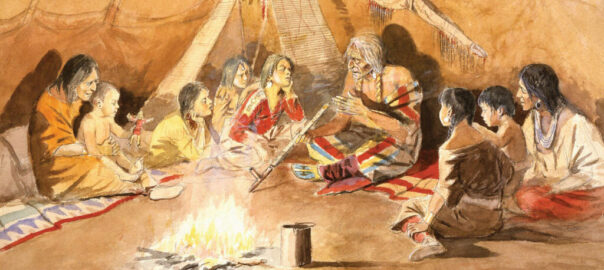
Stories and Storytelling
From time immemorial our need to communicate through storytelling ran parallel with the development of the many philosophies and spiritual traditions that arose through history. Not only did stories become a transmission vehicle for many of those ideas, but also a form of knowledge in its own right for furthering human thought and development.
The Evolution of Storytelling

The Evolution of Storytelling
What is it about stories that enables them to work as they do? To understand where stories come from, and why they are crucial to human life, we need to travel back at least 500,000 to long before the birth of our own species.
The World's First Stories
Humanity’s first stories were conceived long ago in prehistory. The earliest were shared by Paleolithic people through cave paintings, carvings of ivory tusks, and engravings etched on stones and shells.
Oral Storytelling
For most of our human history storytelling was oral. Myths were spoken or sung by diverse storytellers who could select and modulate their narrative to best suit a given audience, emphasizing some aspects and ignoring others.
The Written Word
Millenia of dynamic and ever-evolving oral storytelling eventually yielded to the new tool of writing. Text rendered oral traditions and their experience static and fixed in time. A tale, once written down, over time, can become doctrinaire and is believed to be literally true.
Meta-Storytelling
A meta-story conveys overarching insights and a bigger picture beyond the face value tale presented. It connects in a specific way with the storyteller and the audience. The most impactful meta-stories accustom the reader's mind/brain to an alternate consciousness.
The Science of Storytelling
Stories can have a profound effect on us: some scare, some inspire, some move us to nostalgia, sorrow, or action. Angus Fletcher describes a story as “a narrative-emotional technology that helped our ancestors cope with the psychological challenges posed by human biology.”
Teaching Stories
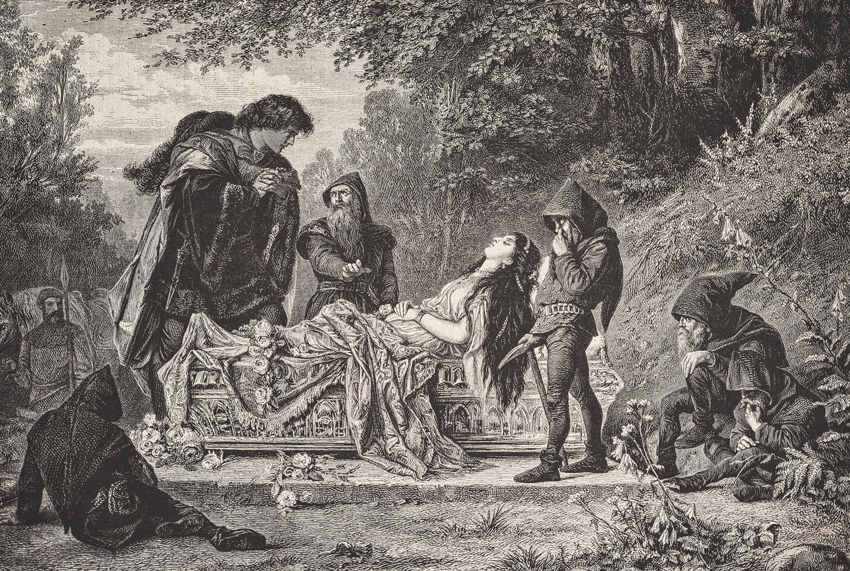
The Teaching Story - A Unique Literary Form
In some cultures, certain traditional tales have served both an entertainment and advanced instructional function. Though these “teaching stories” can innocently resemble child-like fairy tales with simple morals, they also act as vehicles for a deeper esoteric psychology.
The Sufi Teaching Story
The Sufis have been using carefully constructed stories for teaching purposes for thousands of years as a means of stimulating and stabilizing an expanded consciousness.
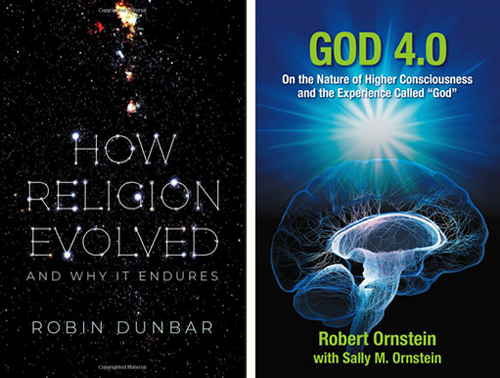
A Contemporary Look at the Nature of Religious Experience
Review by George Kasabov
Contributing Writer
People can persuade themselves of anything. Many believe that death is a transition to a transcendental world, that miracles occur through the will of God, or that our lives are ruled by immaterial spirits. How is it that, in our scientific age, when we have learned so much about the evolution of the universe and the nature of life, so many still cling to such beliefs?
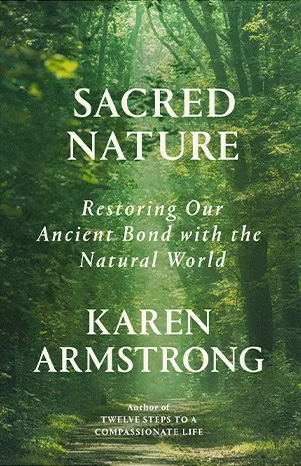
Returning to the Spirit in “Sacred Nature”
Farooq Chadhry
A review of Sacred Nature by Karen Armstrong
A staggering 33 million people have been internally displaced in Pakistan. Because climate change is likely to have played a role in the heavy rains, the displaced can be considered “climate refugees”— a term that the novelist Fatima Bhutto urges us remember, as we will all be impacted by climate change, and many of us will become migrants as a result, if we haven’t already.
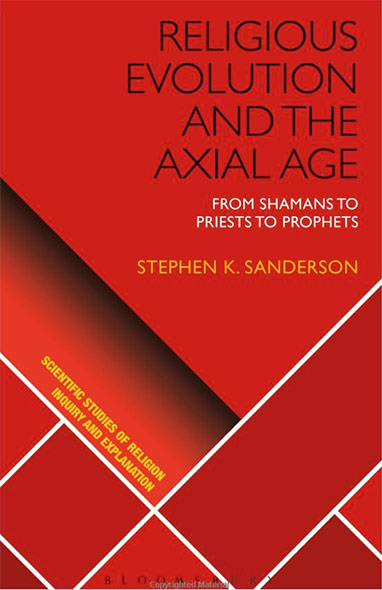
Religious Evolution and the Axial Age
From Shamans to Priests to Prophets (Hardcover edition 2018)
Stephen K. Sanderson
Reported by Sally Mallam
Contributing Writer
Why are there are so many different types of religion and how and why has religion evolved over time? The answer lies in both our biological and our sociocultural evolution.
In the series: Ideas that Shaped Our Modern World
- Paleolithic Beginnings
- Connecting with the Gods
- Axial Age Thought
- Jesus: Origins of Christianity
- Muhammad: Origins of Islam
- The Journey of Classical Greek Culture to the West
- A Contemporary Look at the Nature of Religious Experience
- Returning to the Spirit in “Sacred Nature”
- Religious Evolution and the Axial Age
